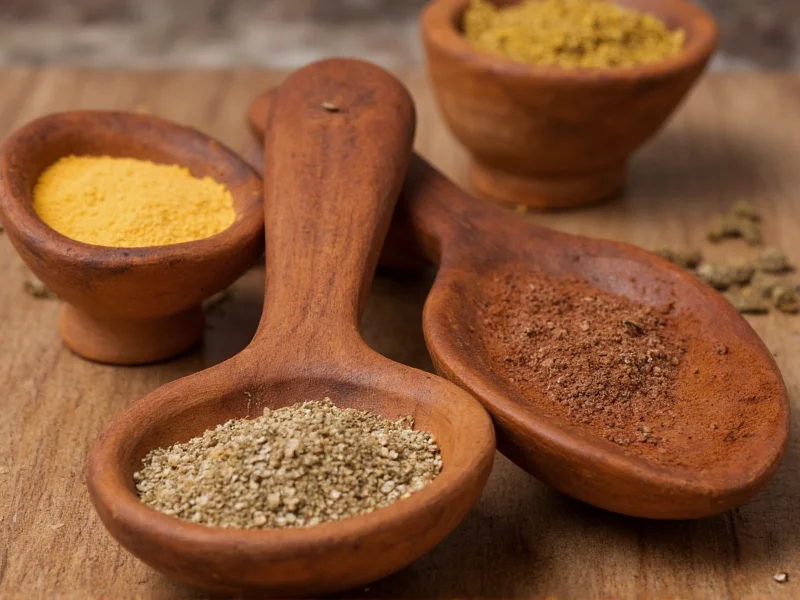The Scoville scale remains the standard reference for measuring spiciness, though modern laboratory methods have refined its accuracy. Understanding this measurement system helps consumers, chefs, and food manufacturers create appropriate heat levels for various palates and culinary applications.
History of the Scoville Organoleptic Test
Wilbur Scoville developed his namesake scale while working for Parke-Davis pharmaceutical company. His original method, called the Scoville Organoleptic Test, involved diluting chili extract in sugar water until the heat became undetectable to a panel of five human testers. The degree of dilution determined the Scoville rating—100,000 SHU meant the extract required 100,000-fold dilution before the heat disappeared.
This subjective approach had significant limitations, including human taste variation and tester fatigue. Despite these flaws, the Scoville scale became widely adopted throughout the food industry. The methodology remained largely unchanged for nearly a century until more precise scientific methods emerged.
Modern Measurement Techniques
Today, high-performance liquid chromatography (HPLC) has replaced the original taste-test method. This laboratory technique precisely measures the concentration of capsaicinoids—the chemical compounds responsible for spiciness—in chili peppers. The results are then converted to Scoville Heat Units using a standardized formula.
HPLC provides objective, reproducible measurements unaffected by human subjectivity. A pepper measuring 37,000 parts per million capsaicinoids would register as 370,000 SHU on the Scoville scale (multiplied by 10 to maintain historical continuity). This scientific approach has revealed that many peppers' heat levels were previously misjudged using the subjective organoleptic method.
Common Peppers on the Scoville Scale
Pepper heat varies dramatically across different varieties and even within the same type due to growing conditions. The following table shows typical Scoville ranges for common peppers and spicy products:
| Pepper/Food Item | Scoville Heat Units (SHU) | Heat Level Description |
|---|---|---|
| Bell Pepper | 0 | No heat |
| Pepperoncini | 100-500 | Mild |
| Jalapeño | 2,500-8,000 | Moderate |
| Serrano | 10,000-23,000 | Medium-Hot |
| Habanero | 100,000-350,000 | Very Hot |
| Ghost Pepper (Bhut Jolokia) | 800,000-1,041,427 | Extremely Hot |
| Carolina Reaper | 1,400,000-2,200,000 | World's Hottest |
| Pepper X (experimental) | Up to 3,180,000 | Record-breaking heat |
| Pure Capsaicin | 16,000,000 | Chemical standard |
Practical Applications of the Spice Scale
Chefs and food manufacturers rely on Scoville measurements to create consistent products. Understanding pepper heat levels helps in recipe development, allowing for precise control over spiciness. Home cooks can use this knowledge to substitute peppers appropriately when following recipes.
The scale also serves important safety functions. Emergency responders and medical professionals use Scoville ratings to assess potential health risks from extremely hot peppers. Food labeling regulations in some regions require disclosure of significant heat levels to protect consumers with sensitivities.
Safety Considerations with High-Heat Peppers
Peppers exceeding 100,000 SHU require careful handling. Capsaicin can cause skin irritation and severe eye discomfort. When working with extremely hot peppers like ghost peppers or Carolina Reapers, experts recommend wearing gloves and avoiding contact with face areas.
Consuming ultra-hot peppers carries health risks including stomach pain, vomiting, and in rare cases, more serious complications. The current world record holder, Pepper X, approaches levels where ingestion could potentially cause physical damage to mucous membranes. Responsible consumption means understanding your personal heat tolerance and respecting the power of high-Scoville peppers.
Common Misconceptions About the Spice Scale
Many people believe the Scoville scale measures temperature, but it actually quantifies chemical concentration. Others assume higher Scoville ratings always mean better flavor, when in reality, excessive heat can overwhelm nuanced pepper flavors.
Another misconception is that Scoville ratings are absolute. In reality, a single pepper variety can show significant variation based on growing conditions, soil composition, and climate. A jalapeño grown in New Mexico might register twice the heat of the same variety grown in California.
Understanding Your Personal Heat Tolerance
Individual tolerance to capsaicin varies significantly due to genetic factors and exposure history. Regular consumers of spicy foods often develop increased tolerance through repeated exposure. This adaptation occurs as nerve receptors become temporarily desensitized to capsaicin.
When exploring higher Scoville-rated peppers, experts recommend starting with small amounts and gradually increasing exposure. Dairy products like milk or yogurt provide effective relief from capsaicin burn, as the casein protein binds to and washes away the oil-based compound.
What is the difference between Scoville units and SHU?
Scoville units and SHU (Scoville Heat Units) refer to the same measurement system. SHU is simply the standard abbreviation for Scoville units, both measuring the concentration of capsaicinoids in chili peppers and spicy foods.
Can the Scoville scale measure non-pepper spicy foods?
Yes, the Scoville scale applies to any food containing capsaicinoids, including hot sauces, curries, and even some non-food products like pepper sprays. The measurement reflects the total capsaicin concentration regardless of source.
Why do some peppers of the same variety have different Scoville ratings?
Environmental factors significantly impact pepper heat. Sun exposure, soil nutrients, water availability, and temperature fluctuations all influence capsaicin production. Even peppers from the same plant can show variation, with those receiving more sunlight typically developing higher heat levels.
Is there a maximum limit to the Scoville scale?
The theoretical maximum approaches 16 million SHU, which represents pure capsaicin. Current record-holding peppers like Pepper X reach about 3.18 million SHU. Beyond a certain point, extreme heat becomes impractical for consumption and primarily serves novelty purposes rather than culinary applications.
How can I build tolerance to spicy foods?
Gradual, consistent exposure is key to building spice tolerance. Start with milder peppers and slowly increase heat levels over time. Consuming spicy foods regularly helps desensitize TRPV1 receptors responsible for heat sensation. Dairy products can provide relief during the adaptation process, allowing for more comfortable progression to higher Scoville-rated foods.











 浙公网安备
33010002000092号
浙公网安备
33010002000092号 浙B2-20120091-4
浙B2-20120091-4